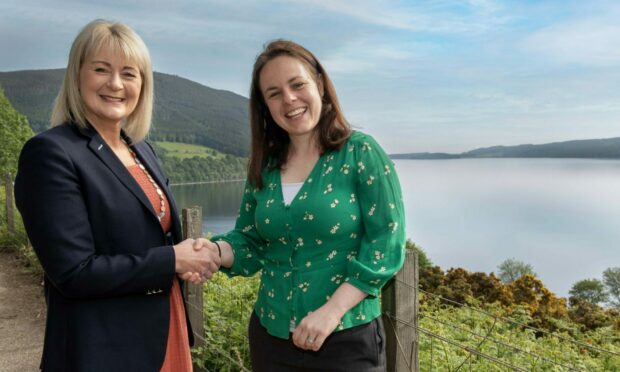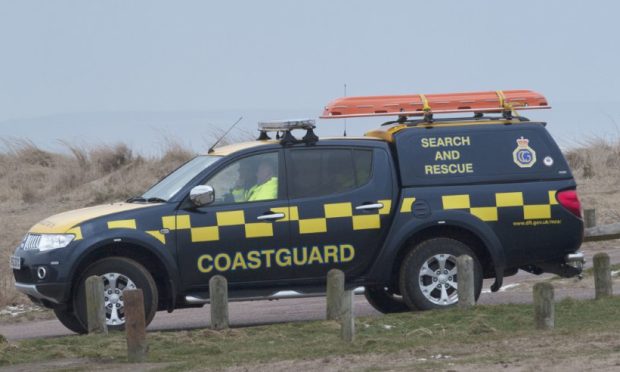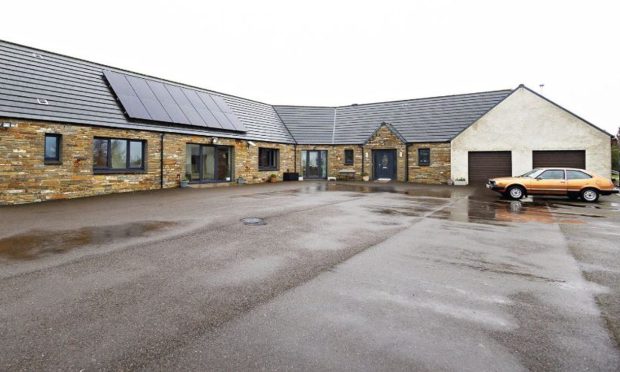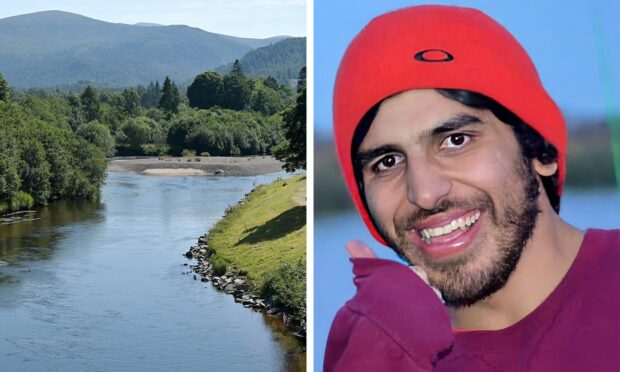£10 million invested in Highland tourism could generate an extra £400 million from high-spending visitors.
The return has been calculated by leading tourism advisor Professor Terry Stevens. It is part of a strategy to develop a premium environmental brand for the area.
Prof Stevens was asked by Highland Tourism community interest company (CIC) to look at the product and infrastructure needed to attract high-value visitors.
The figures are annually over five years.
This is designed around a model of “regenerative tourism” that includes restoring environments, enriching communities and boosting physical and mental wellbeing.
World-leading destination
To date, the CIC has invested around £500,000 of private sector resources. This is towards its vision for the Highlands to become a world-leading sustainable destination.
Yvonne Crook, chair of the CIC, said: “Within the next year, an investment of circa £1 million of private sector funds will be made through this innovative partnership, aiming to address a series of issues and opportunities that will significantly benefit the Highland economy, communities and environment.
“By 2026, we aim to ensure circa £10 million is invested per annum, working with key stakeholders in the Highlands to align tourism investment, including private and public sector investment and new monies from tourism tax, are all invested in ‘brand Highlands’ – a world-leading premium environmental destination.”
She added: “There has never been a greater need and opportunity for a private sector led collaboration and investment.
Prof Stevens’ study used the influential Walpole Report to underline the importance of creating a high-value tourism ecosystem. This in turn generates a ‘halo effect’ for other industries.
The report says that before the pandemic, high-end tourism in the UK was worth £30 billion a year. High-end visitors were spending 14 times more per stay than other
tourists.
This market is set to grow by 15% between 2023-2032. This makes it one of the fastest growing sectors in global tourism.
It also highlights how well placed the Highlands is to capitalise on the higher-value visitor market. The Highlands naturally have many of the key drivers including sites of natural and cultural interest, whisky, country sports and high-end brands.
Reducing footprints and supporting communities
Prof Stevens said: “A £10 million total investment empowering Highland Tourism CIC to create an organisation that positions and markets the Highlands to grow the high spend market will generate an additional annual £400 million net positive income for the region annually.
“This is based on a 5% growth rate, which is just a third of the compound annual growth rate forecast for this market segment over the next five years.”
MSP Kate Forbes is a Highland Tourism CIC ambassador. She said: “This is an important initiative for the Highlands from the private sector that will bring significant social, environmental and economic benefit to the wider community.
“If you are a business or community leader in the Highlands, I would urge you to get involved with the CIC. See what you can do to support this initiative to ensure we don’t lose this opportunity.”
Stuart McColm is Cabot Highlands general manager and a Highland Tourism CIC director. He said the study reinforces why Cabot Highlands made a multi-million-pound investment in the golf resort where a second championship course is being built.
He said the development will create more than 175 jobs among other local economic and social benefits.
“The findings also underpin why Highland Tourism CIC has seized this opportunity. I am proud to be part of the development of Highland Tourism CIC for the greater good of the Highlands.”
What is ‘regenerative tourism’
Regenerative tourism seeks to replace the “consumptive, extractive and exploitative” nature of traditional tourism. The new model is designed and managed to bring net benefits to destinations and communities.
That includes a commitment to net zero, restoring the natural environment, dispersing visitors and therefore employment. It also includes higher value jobs, keeping young people in the area and developing a circular economy.
Last month the CIC launched a partnership between tourism and the renewables sectors.













Conversation